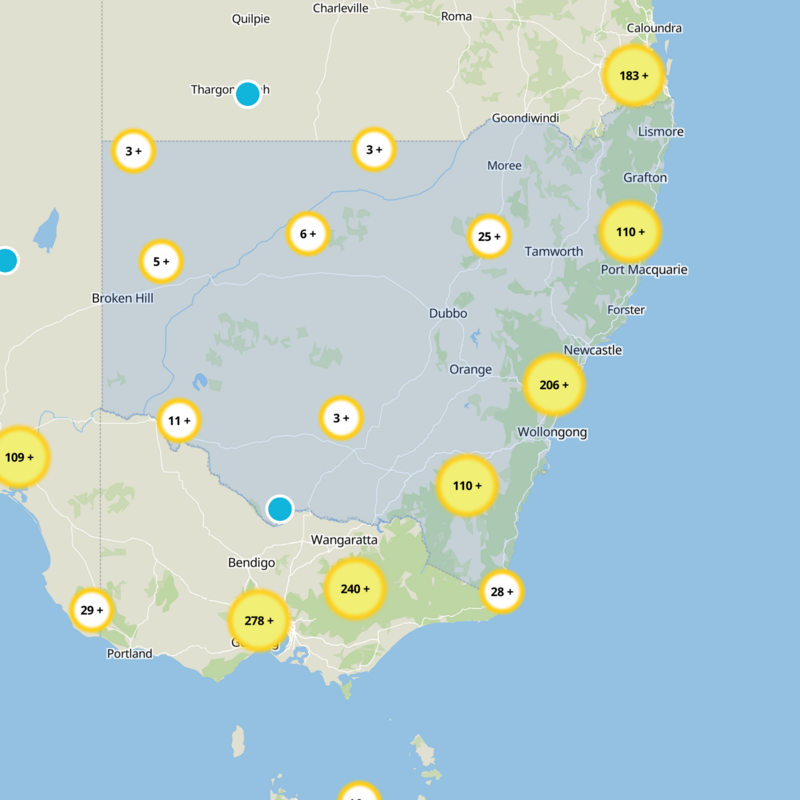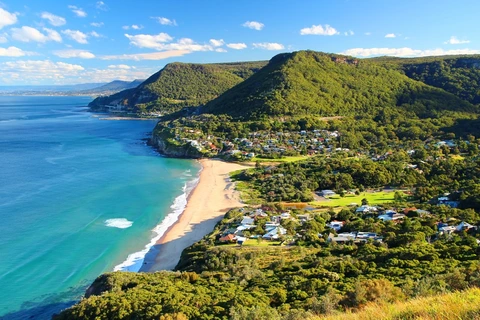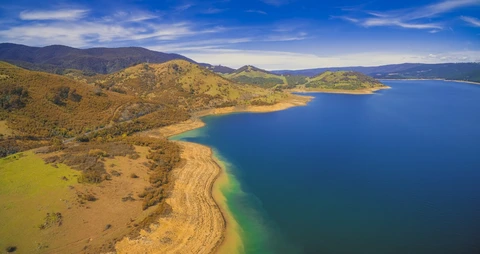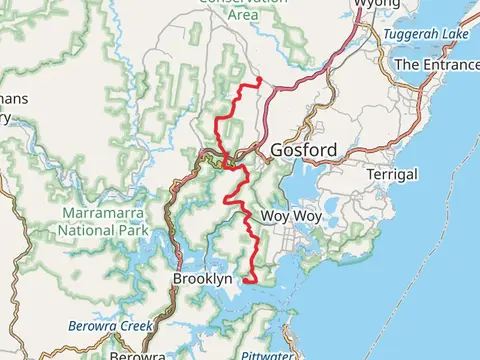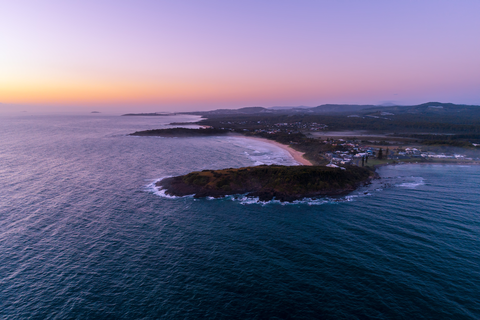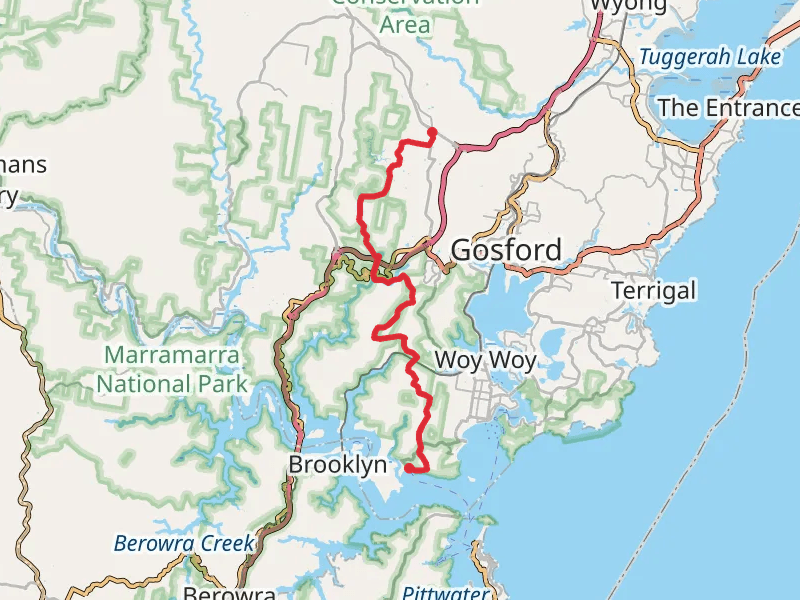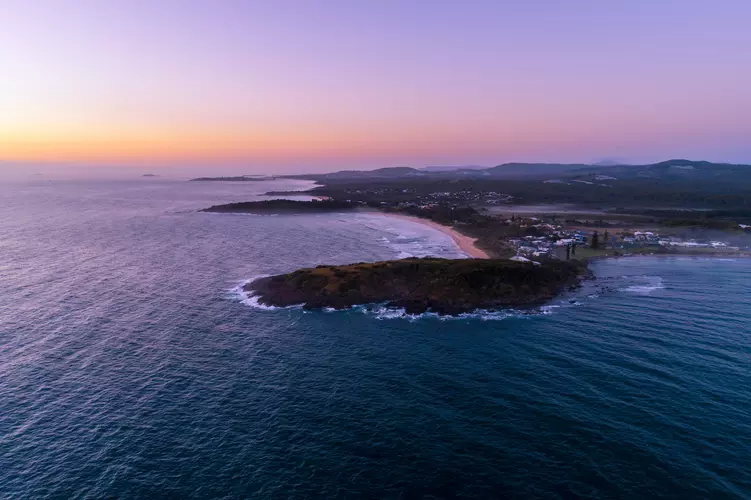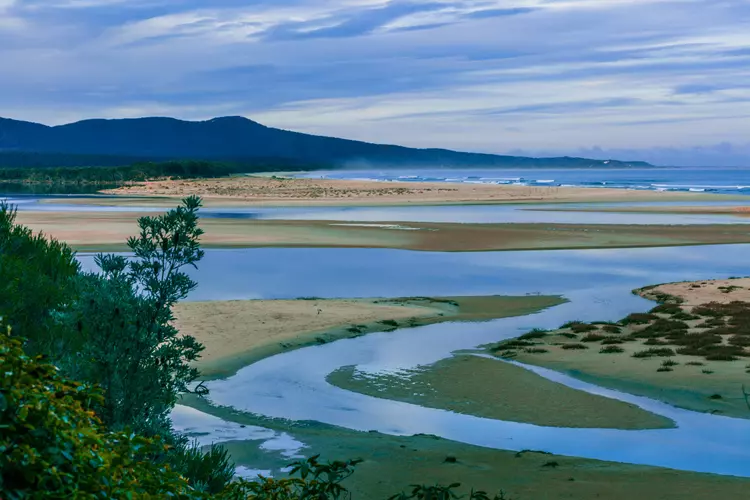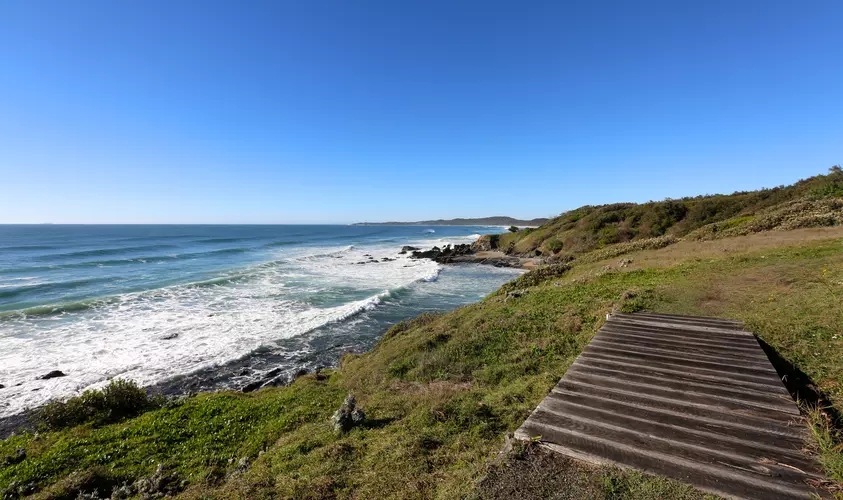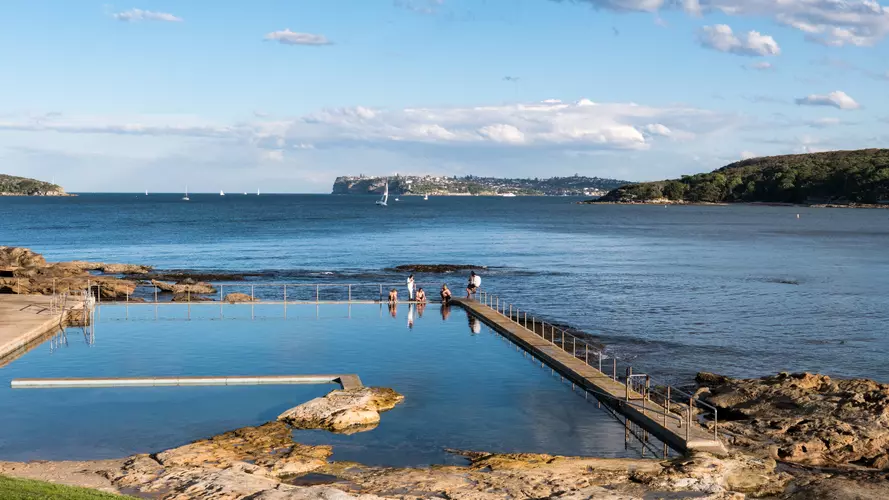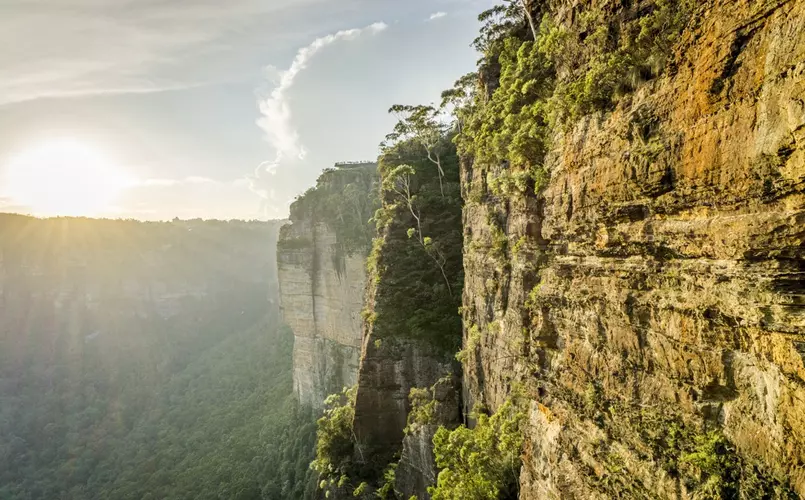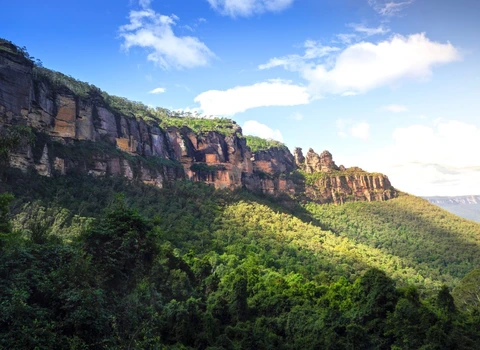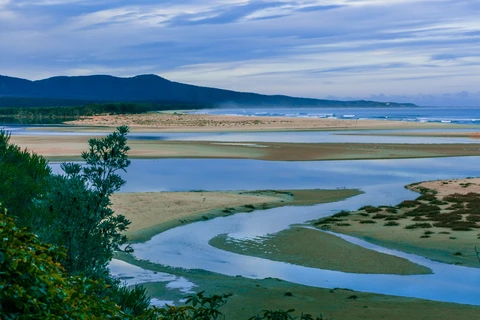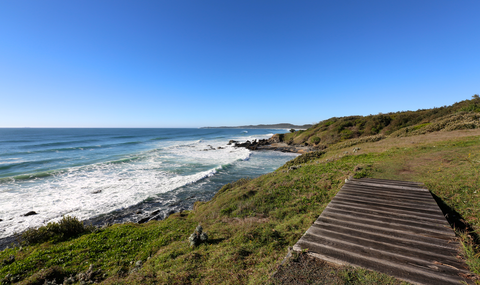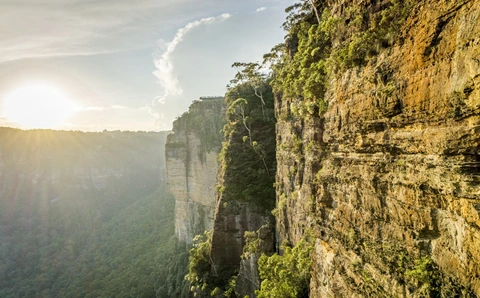"Explore New South Wales' stunning trails, revealing majestic mountains, serene coasts, and vibrant wildlife."
Embark on an unforgettable journey through New South Wales, where every trail unveils a new wonder. From the majestic Blue Mountains with their breathtaking vistas and cascading waterfalls to the serene coastal paths of the Royal National Park, NSW offers diverse landscapes for every hiker. Discover ancient rainforests, vibrant wildflowers, and unique wildlife. Whether you're scaling rugged peaks or strolling along pristine beaches, each step in NSW is a step into nature's masterpiece.
Most popular hikes
FAQs about hiking in New South Wales






